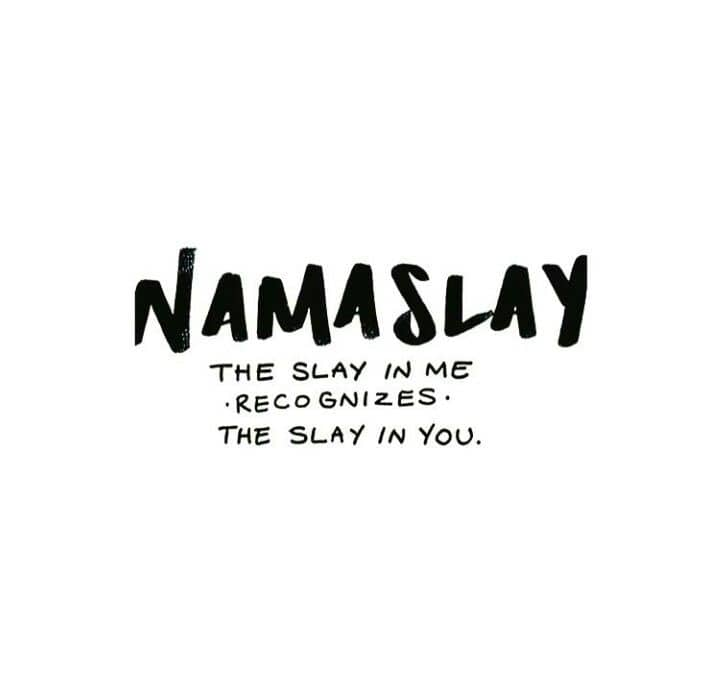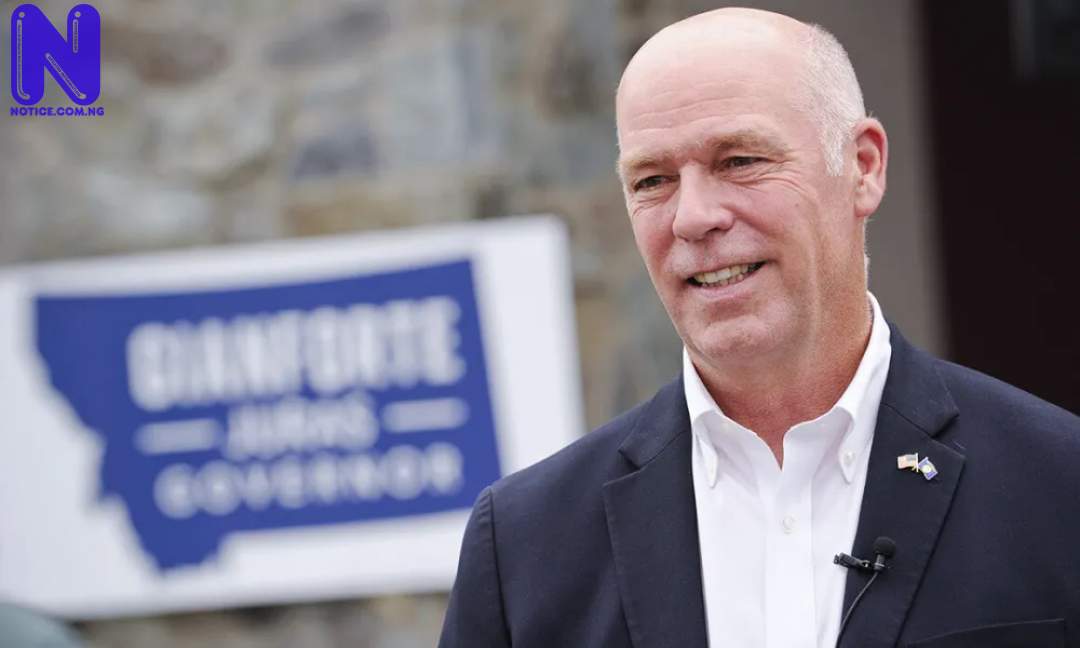Letr find out ”On Snapchat And TikTok, What Does Slay Imply?” Short, popular videos and earworm-inducing lingo are two things that the social media app TikTok is famous for.
Every two months or every week, the app popularizes a new dance, word, or fad. Most of the time, once a term, fad, or dance becomes popular, it quickly loses popularity. However, some slang terms manage to cling to the public’s consciousness and refuse to go away.
One of these slang words is “slay,” which is also one of the most frequently used terms on the app. The word has taken flight among the app’s more than one billion active monthly users.
Slay is one of the many idioms and catchphrases that TikTok helped spread during the late 2010s and early 2020s. Other words made popular by the app include:
- Extra
- Lit
- POV
- Flex
- FYP, among others
Many of these expressions have multiple meanings, are flexible in use, and are frequently influenced by the context in which they are employed. One of the words is slay.
The word can be adorable, fierce, or biting depending on the situation. Here is a look at the definition and meaning of the word.
 Slay is among the many phrases and catchwords that TikTok has popularized in the late 2010s and the early 2020s ( Source : Sportskeeda )
Slay is among the many phrases and catchwords that TikTok has popularized in the late 2010s and the early 2020s ( Source : Sportskeeda )What Does Slay Imply?
According to the dictionary, the definition of the word “slay” is “to kill violently.”
Officially speaking, the phrase still refers to a violent death. For instance, media and police officers still use the term “slay” to describe murders and other similar crimes, particularly those that are violent in nature.

In its colloquial form, the phrase now has a far more uplifting connotation. The justification is that even the original word “slay,” which means to murder, has evolved.
To kill it, or to be killing it, instead of using the term “kill,” denotes exceptional success. Therefore, to “slay” is to perform an action skillfully.
For instance, it is acceptable to use the term “slay” in any of the situations listed below:
- You slayed that outfit, or you slayed in that outfit:
- In this example, “slay” means that the person this phrase is directed to wore that outfit well
- You slayed at work today, or you slayed at that meeting:
- In this example, “slay” means that the person this phrase is directed to did a great job at their job and meeting
- You slay every day
- In this example, “slay” means that whatever the person does is outstanding and deserves admiration.

Slay can also mean to make someone laugh. For example:
- You slay me:
- In this example, “slay” means that the ‘you’ in the sentence made the ‘me’ laugh hard.
For a long time, the most common slang meaning of the word was “slay,” which means to make someone laugh. The phrase’s vernacular definition has only lately altered.
Slay can also be used as an exclamation point. When someone else is performing well, for instance, shouting “slay” at them can be interpreted as support or celebration.
What Is The Origin Of The Word “Slay”?
The literal meaning of the word “Slay” is derived from the Germanic slant of Anglo linguistics.
From the Germanic word “slean,” the term developed into the Dutch word “slaan” and the English word “Schlagen.” The word’s definition is to strike or kill.
The jazz era of the 1920s saw flappers and other artists use the term to describe making someone laugh hysterically for the first time. “You Slay Me” was a well-known phrase back then.

Etymologists have determined that the term was first used as slang to describe someone who was trendy and attractive in the 1800s.
Finally, in terms of “Slay,” as we now understand it, in African American, Latinx, and LGBT ball culture throughout the 1970s and 1980s, the phrase “slaying” signified having faultless attire, hair, makeup, dancing steps, and attitude.
The phrase was first used to refer to someone who was “killing it” with their appearance and sense of style.
The term became popular in the intersectional realm of LGBT culture in the late 20th century, particularly in their drag scene.
When it was utilized in the significant 1991 documentary Paris Is Burning, it finally became widely known. The phrase was used frequently in the New York City drag documentary.

The phrase persisted in use until RuPaul’s Drag Race popularized drag culture and gave the word “slay” yet another enormous boost.
However, one person—Beyonce—is responsible for the term “slay’s” current cultural prevalence.
Beyonce uses the word “slay” a lot in the song “Formation,” off of her seminal 2016 album “Lemonade.” The term’s usage blossomed in the context of the song about female empowerment, particularly with relation to African-American women.
The term “slay” soon spread beyond minorities and the LGBT community to include the general populace. “Yas, queen!” is a further expression frequently used that comes from LGBT ball culture.
However, other people think that the term’s widespread use constitutes appropriation and that its popularity and usage are just the latest in a long series of cultural appropriations from LGBT and minority settings.
Cultural Appropriation And TikTok – Is Using “Slay” Problematic?
Many individuals and organizations have accused the social media app TikTok of cultural appropriation in recent years.
As indicated at the opening of the article, the drag and ballroom cultures of the 1970s and 1980s gave rise to and popularized the list of terms used the most frequently on the app.
There were a lot of folks who lived in that world of drag and ballroom. A large number of LGBT persons during that time, particularly minorities, were forced to leave their homes and live on the streets.

They led very sinister lives, and the only refuge they found was in the imaginary kingdom they had made for themselves.
They even developed their own language to accomplish this. They didn’t consider the words and expressions they used to be slang or styles; rather, they saw them as a method to free themselves from oppression and express themselves in a way that others like them would fully comprehend.
The term is currently being used by any suburban adolescent and middle-aged mothers who have no idea of the word’s history due to a social media app that is largely used by kids.
In a way, language gentrification and cultural appropriation may be seen in the rise of the term “slay.”

But it is impossible for one song to have such a significant impact on the vocabulary of two generations. The term “slay” may have gained popularity thanks to Beyonce’s “Formation,” but the rise of Hip Hop, particularly female-led Hip-Hop, is the main reason why so many suburban residents are familiar with terms from the drag culture of the 1970s and 1980s.
Rap music was on the verge of becoming the most popular kind of music in the western world, as well as breaking into the mainstream, as it had done a decade earlier, in 2016, which was not only the year the Beyonce song was released.
Rap finally surpassed all other genres in sales in 2017, particularly Rock, which had been regarded as the dominant style of popular music ever since its inception.
Rap culture and African American culture gained popularity along with Rap music, reaching a wider audience. Not only did words like “slay” and “light” start to borrow from African American culture, but also fashion, art, and linguistics.
African American women made up a sizable portion of the population who commonly used the term “slay” outside of the dance and drag cultures. As rap replaced other musical genres as the most popular one, numerous African American female rappers rose to fame.

Rihanna and other musicians adopted Beyonce’s use of the phrase. The word then became popularized by strictly rappers like Nicki Minaj, Cardi B, Doja Cat, Megan Thee Stallion, and, more recently, Latto.
The term “slay” quickly became a part of every adolescent and college-aged girl’s social media captions, as well as those of middle-aged stay-at-home moms, once African Americans began using it. As with practically everything else in American culture, the Caucasian population wasn’t far behind.
Slay has gotten so widespread that products are being created to be marketed at retailers like Walmart and TJ Maxx.
But the issue’s source is still there, hidden from view. It is degrading and tokenistic for the term “slay,” which is a component of the language used to describe the sufferings of a long-suffering people, to be disparaged in the mainstream the way it now is.









